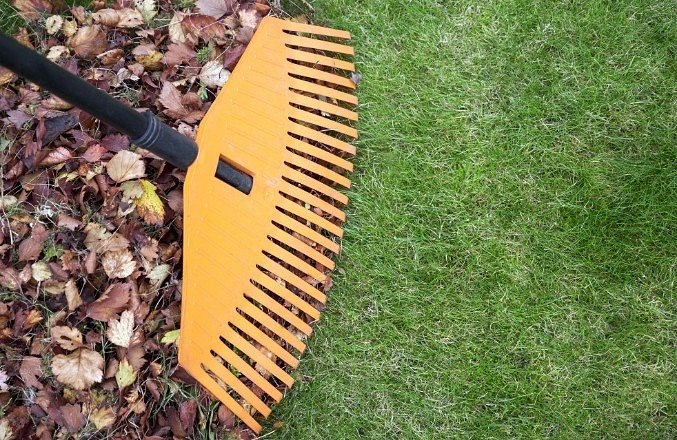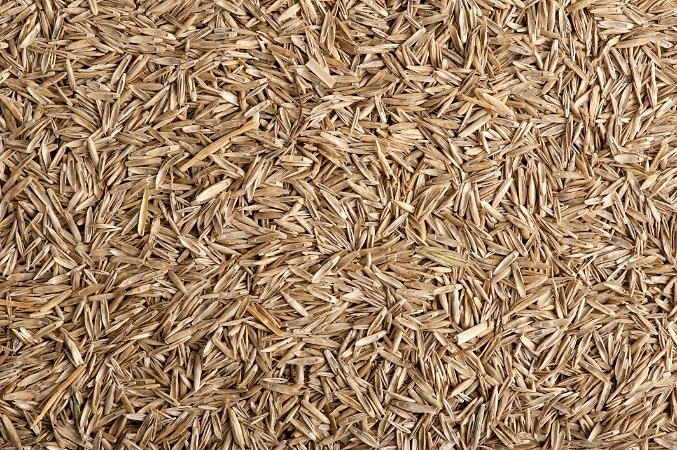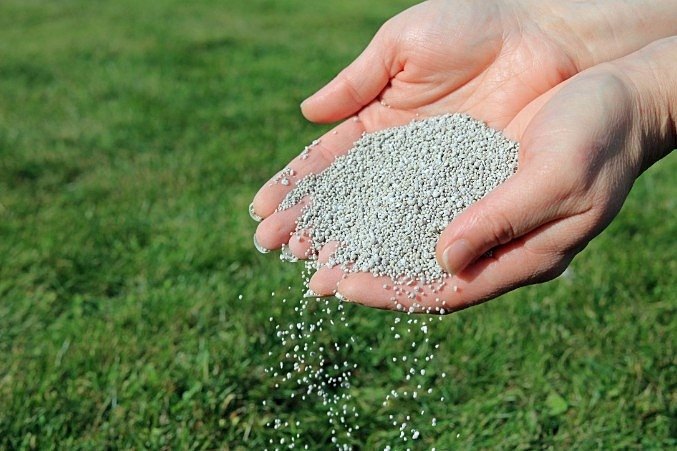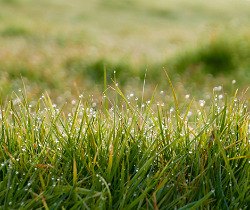
Preparing for Winter: Autumn Lawn Care
2 Minute Read
Autumn brings with it a change in the weather as well as a drop in temperatures. This is the opportune time to get your lawn in tip top condition for next spring.Autumn lawn care: give your lawn a head start
In this article we'll discuss everything you need to do to get your lawn prepared this autumn; giving your grass some extra care and attention now will give you a healthier, happier and greener lawn next year.Preparation
Step 1: Mowing
If your grass has gotten a little overgrown during the summer months, now is the time to give it a quick trim. However, the frequency of your mowing should be reduced as the colder weather means reduced growth. That being said, if you do need to give your lawn one last trim, make sure it's not too short, as it'll be less equipped to withstand the colder weather conditions. During winter, shorter grass is more likely to become overrun with weeds and or moss as its weaker compared to the warmer months.Step 2: Raking
If you have thatch and moss growth we recommend raking your grass as this helps to reduce layers of dead debris, however, not all lawns will require raking, check for thatch or moss growth in your lawn before raking.To remove thatch, carefully but forcibly rake your lawn to remove the debris.

Step 3: Aeration
Aeration is an essential step in ensuring the longevity of your lawn. By aerating you are helping all future water and nutrients to strengthen your grasses root system. The upside of aeration also means your grass will have a better chance of surviving winters usual increased rain which leads to water-logging.To aerate your lawn simply grab a pitch fork, push it into the ground (around 5-6 inches deep will do) and gently wiggle it back and forth. This will aid any compacted soil, helps with future drainage and will grant your lawn full access to all of the quality nutrients you're about to feed it.
If you notice any bare or empty patches in your lawn, now is the time to sow lawn seeds.

Step 4: Fertilising
It's important to choose the right product for your lawn as there is no 'one size fits all' when it comes to lawn fertilisers.Some fertilisers offer a slow release of nutrients for continuous feeding over the course of a few weeks, others are formulated to target and control problem areas, such as moss growth, while others are specifically recommended for use in Autumn-Winter.
Step 5: Top Dressing
Top dressing is an important step in improving both the growth and colour of your lawn and can be applied using the tools you already have available.
Top Tips:
• Keep off the grass - After all of this autumnal TLC, it's best to give your lawn a break during winter. Avoid walking on your grass and applying further lawn treatments during this time. Over the winter your lawn's growth slows right down as the ground gets colder.• Keep raking up leaves- Don't forget to rake and remove leaves during winter. If you have a compost bin, leaves can be included to add great nutrients to your compost bin for future garden use.
• Don't forget to water - Don't neglect to water your lawn during the colder months, but, only do this if there are extended dry spells throughout winter or if your lawn really needs watering.
Comments (0)
Why not be the first to send us your thoughts?
Leave A Comment
Most popular articles
1
Plastic plant pots dimensions and uses2
Peat vs Peat Free - Choosing the right Potting Compost3
How to Grow Watercress at home in plant pots4
January Jobs5
Our guide to seed sowing compost
